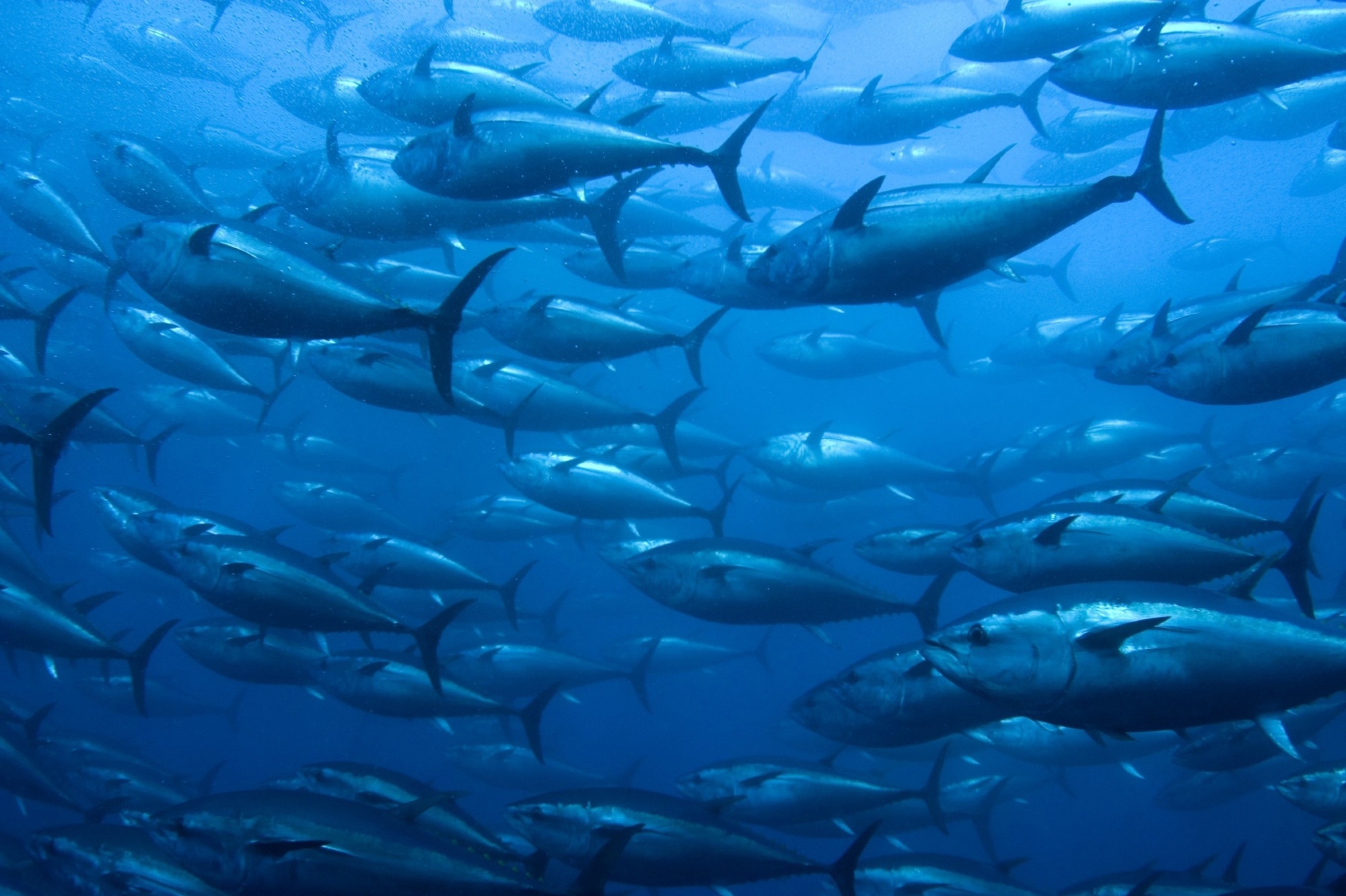Most of the world’s largest aquatic food producers are extremely susceptible to anthropogenic environmental change, with several of the highest-risk countries in Asia, Latin America, and Africa exhibiting the least capacity for adaptation, a landmark study has revealed.

Image Credit: University of California, Santa Barbara
According to the research, more than 90% of worldwide “blue” food production, in both capture fisheries and aquaculture, faces significant risks from environmental change, with some major countries in Asia and the United States facing the greatest production threats.
The authors of the recent paper conducted the first-ever global analysis of environmental stressors influencing the amount and safety of blue foods worldwide, ranking countries for the first time based on their exposure to key stressors. Algal blooms, sea level rise, fluctuating temperatures, and pesticide exposure were among the 17 stressors evaluated.
Environmental stressors do not care about national borders. Stressors get moved by air, water, species, and humans, connecting land to sea and ecosystem to ecosystem.
Ben Halpern, Study Co-Lead Author and Professor, University of California, Santa Barbara
Ben Halpern is also the director of the National Center for Ecological Analysis and Synthesis.
The study was published in Nature Sustainability as one of seven scientific publications published by the Blue Food Assessment (BFA) as part of a global effort to inform future aquatic food sustainability.
Along with climate change, the report emphasizes that highly vulnerable blue food production systems can be found on all continents, including in some of the world’s largest blue food producers, like Norway, China, and the United States. Still, it also contends that there is too often a lack of understanding about the complexities of stressors causing environmental change.
We have only scratched the surface in our understanding of how environmental stressors are connected, and how they can both negatively impact the production and safety of the resulting blue foods. Understanding the complexity of these stressors, and their cascading impacts, will be essential in developing successful adaptation and mitigation strategies.
Ling Cao, Study Co-Lead Author and Professor, State Key Laboratory of Marine Environmental Science, Xiamen University
The research cites species invasion, inland eutrophication or algal blooms, ocean warming, and sea level rise as the key challenges to blue food production in the United States, with freshwater and marine fisheries facing disproportionately substantial risks.
According to the study, China’s freshwater aquaculture, as the world’s greatest producer of blue food, is also very vulnerable to inland eutrophication and severe weather events.
The authors also argue that special attention should be given to countries that are very vulnerable to environmental change but lack significant adaptation capacity, such as Bangladesh, Guatemala, Eswatini, Honduras, and Uganda.
Regarding production systems, the study reveals that marine fisheries are more subject to climate-related stressors, especially rising temperatures and acidification, whereas aquaculture is more prone to diseases and hypoxia, or low oxygen levels.
Although we have made some progress with climate change, our adaptation strategies for blue food systems facing environmental change are still underdeveloped and need urgent attention.
Rebecca Short, Study Co-Lead Author and Researcher, Stockholm Resilience Centre
Among the report’s major suggestions is a demand for greater transboundary collaboration and adaptation measures that acknowledge that the ecosystems on which blue food production depends are extremely interrelated, with environmental change in one place potentially having knock-on impacts in others.
The authors also advocate for a diversification of blue food production in high-risk countries to deal with the effects of climate change if adequate mitigation and adaptation policies are not implemented.
Similarly, the research emphasizes the critical importance of increased stakeholder engagement in understanding, monitoring, and reducing stressors on blue food production systems. Indigenous knowledge will be crucial for strategic planning and strategies to reduce and adapt to environmental change, specifically for artisanal fisheries and countries relying on heavy marine fisheries, like Small Island Developing States (SIDS).
The study also provides a larger dataset that rates countries based on the exposure of their blue food production systems to various environmental stressors.